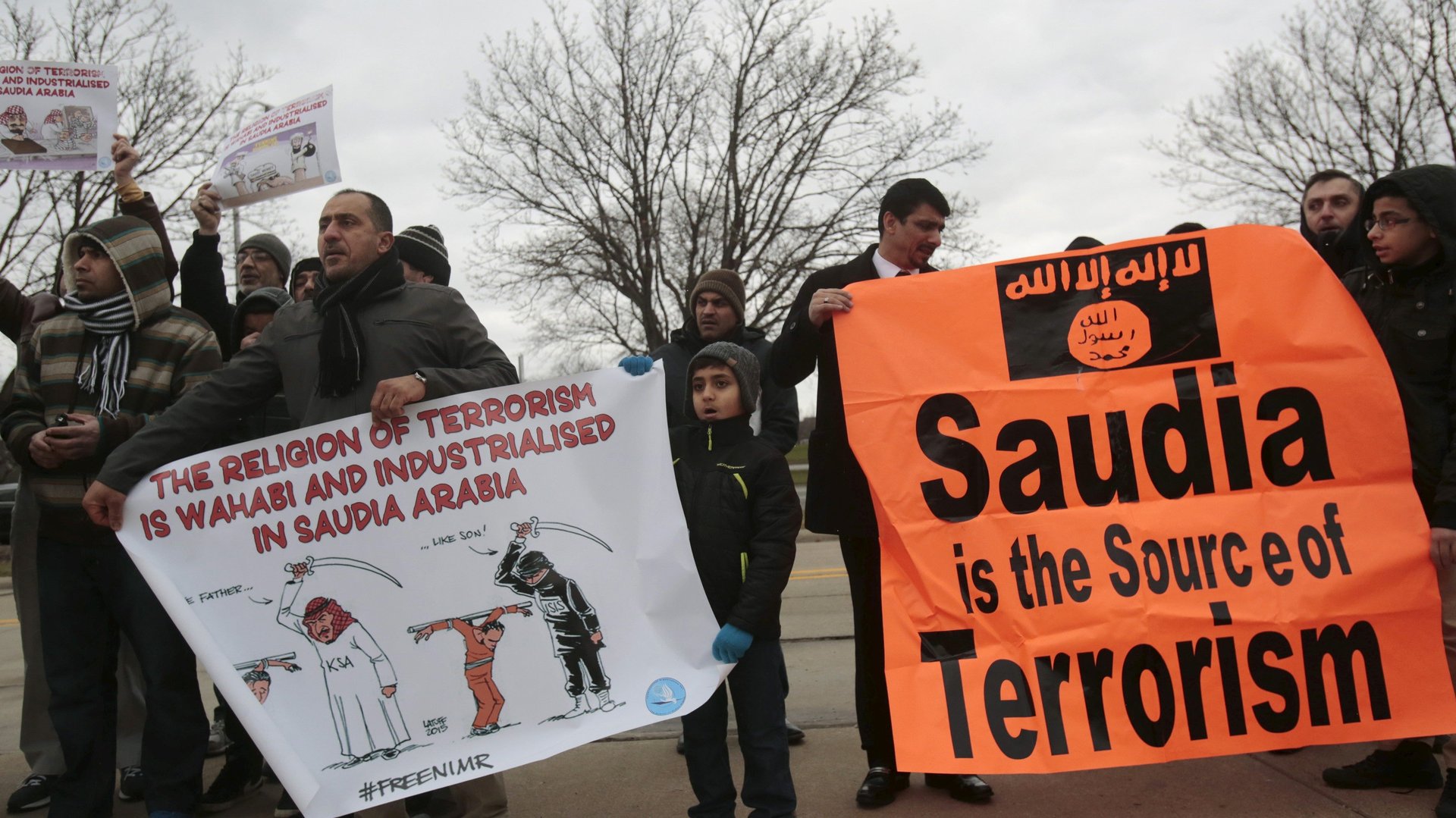Iran-Saudi Arabia, president Trump: 2016 is a year full of fat tail risks
The geopolitical landscape in 2016 is notable for the prevalence of fatter ‘tail risks’—low probability, high impact events that tend to shake global markets. By definition, these risks are highly unlikely to materialize and very difficult to predict, so by no means are we forecasting any doomsday scenarios. None of these risks will warrant mention in Eurasia Group’s Top Risks for 2016, which predicts (with impressive accuracy) the high-impact political risks most likely to materialize in the year ahead.


The geopolitical landscape in 2016 is notable for the prevalence of fatter ‘tail risks’—low probability, high impact events that tend to shake global markets. By definition, these risks are highly unlikely to materialize and very difficult to predict, so by no means are we forecasting any doomsday scenarios. None of these risks will warrant mention in Eurasia Group’s Top Risks for 2016, which predicts (with impressive accuracy) the high-impact political risks most likely to materialize in the year ahead.
That said, the level of risk embedded in these tails is important to note, if only because the chances of one (or more) event actually occurring is clearly higher than in the recent past. In other words, the probabilities are sufficient higher than zero to require monitoring. The sky is almost certainly not going to fall—but if it does, one of the following will probably help bring it down:
A “mega” attack on the United States
Risks emanating from the Islamic State in Iraq and Syria’s (ISIS) more aggressive global strategy—including that of a ‘mega’ (hundreds-or-thousands of casualties) terrorist attack in the United States—have sharpened following recent attacks in Paris and Egypt, as well as the ISIS-inspired mass shooting in California. Given the US government’s enhanced counter-terror capabilities since 9/11 and the relatively high level of integration of American Muslims, the probability of another mega attack in the US remains low. But its impact would be massive, particularly in the middle of a highly polarized presidential campaign. Beyond damage to the economy and market confidence, such an attack would greatly increase the likelihood of American military ‘boots on the ground’ in Syria and Iraq. This, in turn, would intensify geopolitical tensions in the Middle East, further increasing the risk of “confliction” between US and Russian forces in the region and fattening the tail of a renewed Russia-NATO conflict.
Russia-NATO conflict
Ever since former Ukrainian President Yanukovich fled Kiev and Russian-backed forces helped the Kremlin annex the Crimean peninsula, the otherwise miniscule risk of outright conflict between Russia and NATO has grown. And while the chances of a Eastern European clash (say, via the Baltics) have declined back to near zero in recent months, Russia’s ongoing intervention in Syria—which has already seen NATO-member Turkey shoot down a Russian fighter jet—has made the tail of a Russia-NATO conflict just fat enough to spook markets. The deterioration in Russo-Turkish relations will most likely remain limited to the economic realm, and an incident of “confliction” between Russia and a Western power would just as likely be contained. But the combination of Russian, American, British and French bombs targeting a wide range of targets but only one common enemy (ISIS) is a toxic brew of tail risks.
US-China
The ultimately risk-averse leadership of both the United States and China remain highly unlikely to go beyond strong rhetoric and gunboat diplomacy as this great power rivalry continues to evolve. But the potential for miscalculation and conflict is higher in 2016 than recent years. Chinese expansionism in the South China Sea has already sparked renewed US freedom-of-navigation runs and may well prompt more, with correspondingly aggressive Chinese reactions. January’s election in Taiwan will likely bring the assertively independent Democratic Progressive Party to power, producing immediate tensions with the mainland and bringing the Taiwan issue back to the forefront of US-China relations just in time for the US presidential race. Meanwhile, the persistent threat that cyber espionage will devolve into a more physical confrontation between the two powers continues to loom.
Iran-Saudi Arabia
The nuclear deal with the West has effectively formalized Iran’s rise as a regional power, and with fresh inflows of capital from sanctions relief, the country will continue to ramp up financial, military, and diplomatic support for Shia allies in the Middle East. Meanwhile, longtime rival Saudi Arabia is weakening on the back of cheap oil and uncertain succession dynamics—but not enough to back off its anti-Iran foreign policy. As a result, more intense proxy conflicts between Iran and Saudi Arabia can be expected in Syria, Yemen, Iraq, and possibly Lebanon—and a corresponding increase in the (still low) risk of a direct Iran-Saudi military confrontation. A destabilizing Saudi succession battle or a drawn-out battle for the Yemeni capital Sana’a could be the trigger, among others.
North Korea
Kim Jong-un’s opaque, totalitarian, and nuclear-armed regime is the very definition of a “fat tail” risk: high-impact events like a sustained attack on South Korea or even the use of nuclear weapons are not only possible in 2016—they are also effectively impossible to predict. The logic of political (and physical) survival keeps the probabilities of such events low. But the regime is a geopolitical “black box”, capable of wreaking havoc at any moment.
President Trump
Donald Trump is highly unlikely to win the US Presidency. But he is hanging tough in the Republican primary, and in the current era of popular dissatisfaction with conventional politics and ideological polarization, a populist bomb-thrower like Trump stands as good a chance as ever to win the GOP nomination and give likely Democratic candidate Hillary Clinton a run for her (or his) money. The resulting unpredictability in economic, social and foreign policy making in the world’s most powerful country is a risk to watch–if only to make sure it doesn’t materialize.